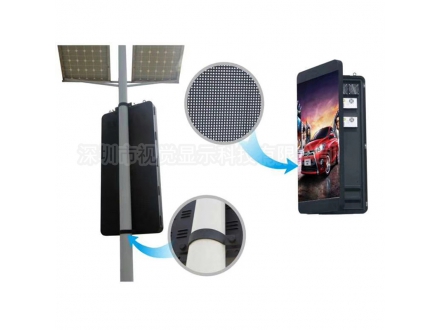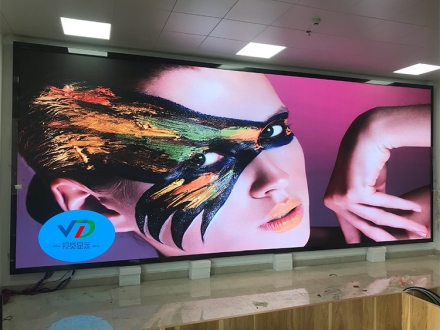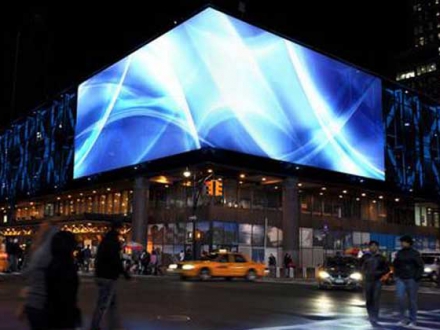At present, with the continuous narrowing of the splicing seams of LCD splicing screens (currently the smallest can reach 0.88mm on both sides), its application is no longer limited to the monitoring room, and it has also begun to be used in conference rooms, exhibition halls and other occasions in various industries. . In the past, projection should be the most used in conference display. With the development and popularization of LCD splicing screens, more and more companies use splicing screens for meetings in conference rooms. What are its advantages?
1. Display screen size
The LCD splicing screen is a splicable product. The number of splicing can be selected according to the size of the meeting room. The size of a single screen is basically about 50 inches. If you want to maintain a 16:9 screen ratio, you can use 2*2, 3 *3, 4*4 and other splicing methods, the area of the display screen can be large or small.
Although the projection screen also has a size, it is relatively fixed and cannot be changed according to the size of the room. This is not noticeable in some small conference rooms. If it is used in some conference rooms with more than a few hundred square meters, it will be viewed from a distance. Can't see what's on the screen.
2. Different resolution
The single screen resolution of LCD splicing screen can reach 1920*1080, 4K resolution display can be achieved after 4 pieces of splicing, it can play most of the current high-definition film sources, such as 1080P pictures, 4K 3D movies, etc. can reach the best The playback effect. The resolution of the projection is completely inferior to that of the LCD. It simply projects the content on the computer onto the screen, which does not reach the high-definition standard.
3. Different contrast and brightness
The contrast ratio of the LCD splicing screen can reach 5000:1, and the brightness is above 500cd/m2, so the whole picture feels richer when displaying images, and the contrast of light and dark colors is also very strong, which is basically the same as we usually watch TV.
The projected image we see is a bit whitish, and the contrast is low, especially when there is a light next to the screen, it is easy to lose sight of the content on it, and you need to turn off the light. If you watch the effect a little further away Poor.
4. Functionality
The LCD splicing screen can realize cross-screen, superimposed roaming, segmentation and other functional display on the basis of splicing, which can meet the signal delivery of multiple computers at the same time. In addition, it can also realize the finger touch function through the infrared touch frame, which is more functional. The projection can only be used to project a screen through a computer, the function is very simple.
Therefore, from the above analysis, in the overall picture display effect, the LCD splicing screen is fully dominant, and it is also a future development trend. The only point is that its price will be slightly more expensive than the projection. This also needs to be considered based on the user's concerns. After all, LCD splicing screens are the trend of the entire display industry. Both the display effect and the overall cost performance are the best choice for conference room display.






